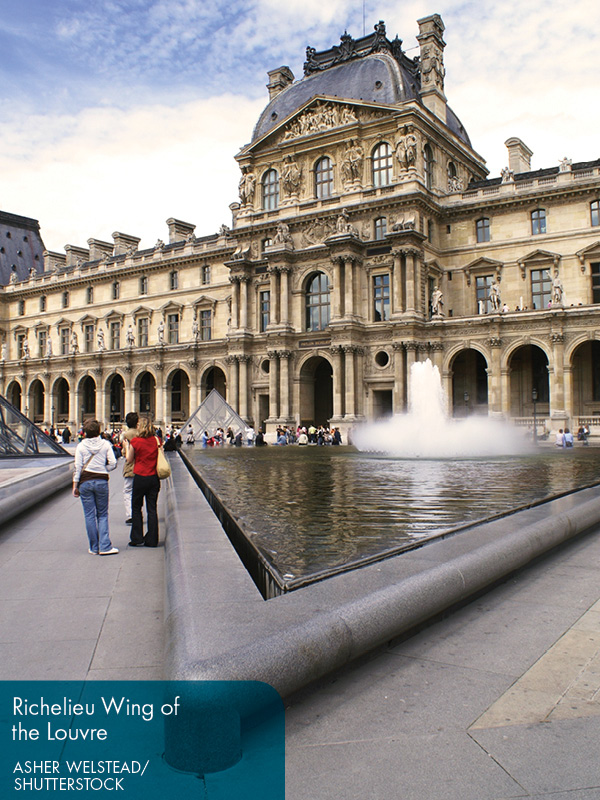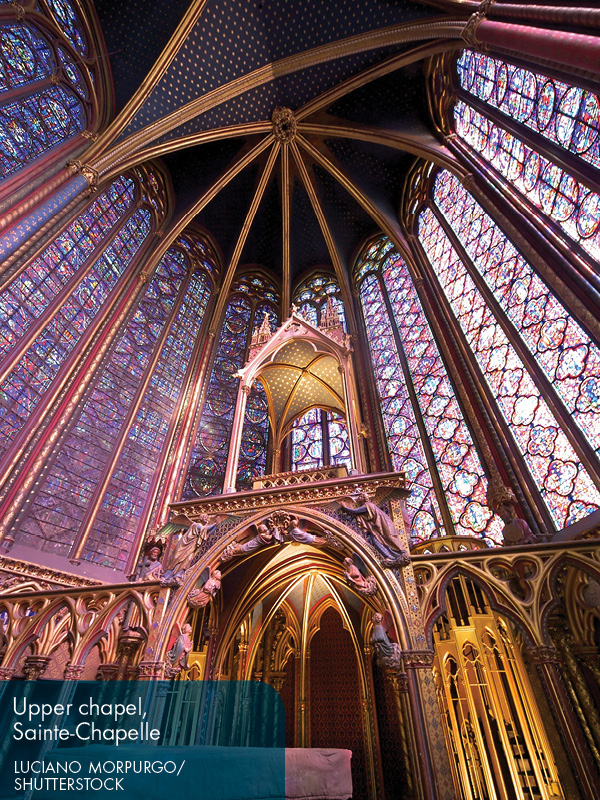Bienvenue Paris ! Or, welcome to Paris! Although it may seem as if time stands still in this citywith its romantic buildings, elegant parks, and sublime squarestheres an undercurrent of small but significant changes happening here that might not be immediately obvious.
A Greener City
Despite the pall cast by severe smog in recent springs, Parisians are breathing a little easier these days as the city becomes more environmentally aware. Emission-free buses and the first hydrogen-powered riverboat are making the capital more eco-friendly. The popular Vlib bike program and the AutoLib car-sharing service are further helping to reduce Pariss carbon footprint ( lempreinte carbone ). In addition to the gradual replacement of paved streets with more aesthetically pleasing cobblestones and the widening of tree-lined sidewalks, the city is slowly implementing an ambitious project to permanently pedestrianize expressways along the Seine, following the success of Paris Plage, the yearly beach party. Even rooftops are going green with gardens and solar panels appearing in several arrondissements.
Focused on Health
Youll always find foie gras and macarons in this gastonomic mecca (though a poll confirms 29% of the population forgo the former for ethical reasons). Yet Parisians are opening up to more diverse dining options and healthier lifestyles. Moisan, an all-organic boulangerie , supplies locations across the city with whole-meal sourdough loaves. Gluten-free gourmets can savor traditional French pastries at Helmut Newcake, Frances first gluten-free bakery, or opt for a full meal at Noglu, a 100% gluten-free restaurant. Vegans can indulge at the Gentle Gourmet Caf in the Bastille, while lactose-intolerant gelato lovers can swoon over dairy-free options at Amorino. Parisians are also moving their bodies, and ever-expanding fitness facilities are making exercising more culturally acceptable than ever before.
Tech-Savvy Citizens
New gadgets are popping up everywhere since an ongoing government program began encouraging innovation. The result? Centers like the Gat Lyrique mix technology with art on a daily basis. Google opened the Google Cultural Institute, which includes a permanent exhibit at the Pavillon de lArsenal. Versailles enlists the latest technology to engage visitors, and the Louvre uses Nintendo 3DS systems as its audioguides. Bakeries are giving a nod to the future by letting you pay at automated machines. Less evident to casual observers is the fact that some 17,000 tech companies have set up R&D departments in the capital, benefiting nicely from tax breaks. But ask about Netflix in France or Googles right to be forgotten and youll hear about a government protecting the EU from tech giants.
A Cultural Capital
In 2015, music lovers and architecture buffs alike rejoiced when the curtain rose at La Philharmonie de Paris in the Parc de la Villette. Designed by Jean Nouvel, the striking new home of the Orchestre de Paris seats 2,400 and cost a whopping 381 million. Art aficionados neednt feel slighted, however: a few months prior, the ribbon was cut at Frank Gehrys Fondation Louis Vuitton, an undulating yet angular museum of contemporary art in the Bois de Boulogne. Makeovers of existing venues (most notably the Muse Rodins Htel Biron) are also cause for celebration. In fact, culture vultures are still buzzing about the 2014 reopening of the Muse Picasso Paris, which after extensive renovation workincluding the installation of bulletproof windows at 12,000 a popnow has more than twice as much dedicated public space.
Staying Out All Night
Although Paris was once described by Hemingway as being full of nocturnal pleasure-seekers, the newspaper Le Monde named it the European capital of boredom a few years ago. To help prevent the City of Light from turning into the City of Lights Out, Paris elected its first Nightlife Mayor in late 2013. Arguing that we cant afford to become the laughingstock of Europe, Clment Lon promised an after-dark scene to rival such Continental hotspots as Berlin, London, and Barcelona. So has Paris turned the beat around? The continuing cocktail craze is certainly helping to liven things up. Hard-core dance venues are revitalizing the city, too. Witness clubs like Concrete: a repurposed barge on the Seine that has garnered a cult following for its late-night (and sometimes all-day) action.
When to Go
Although the City of Light is magical all year round, summer is the most popular (and priciest) time to come. As recently as five years ago, Paris was largely deserted in August when locals fled to the coast or countryside, leaving a wake of closed shops and restaurants. But today it remains very much alive throughout the summer, with outdoor music festivals, open-air movie screenings, and fun activities like those available at the popular Paris Plage, the beach on the Right Bank of the Seine.
Nevertheless, the city is perhaps most appealing in late spring and early fall. June, when long, warm days translate into extended hours of sightseeing (the sun doesnt set until 10 pm), is particularly gorgeous. Ditto for September, which promises temperate weather, saner rates, and cultural events timed for the rentre (or return), signifying the end of summer vacation. In the third weekend in September, scores of national buildings that are normally closed to the public open for visits during the annual Journes du Patrimoine (Patrimony Days).




















